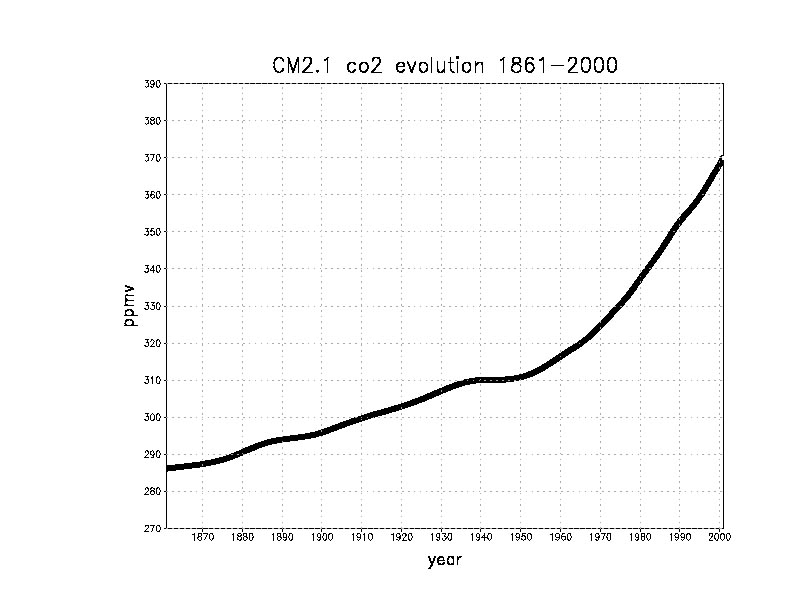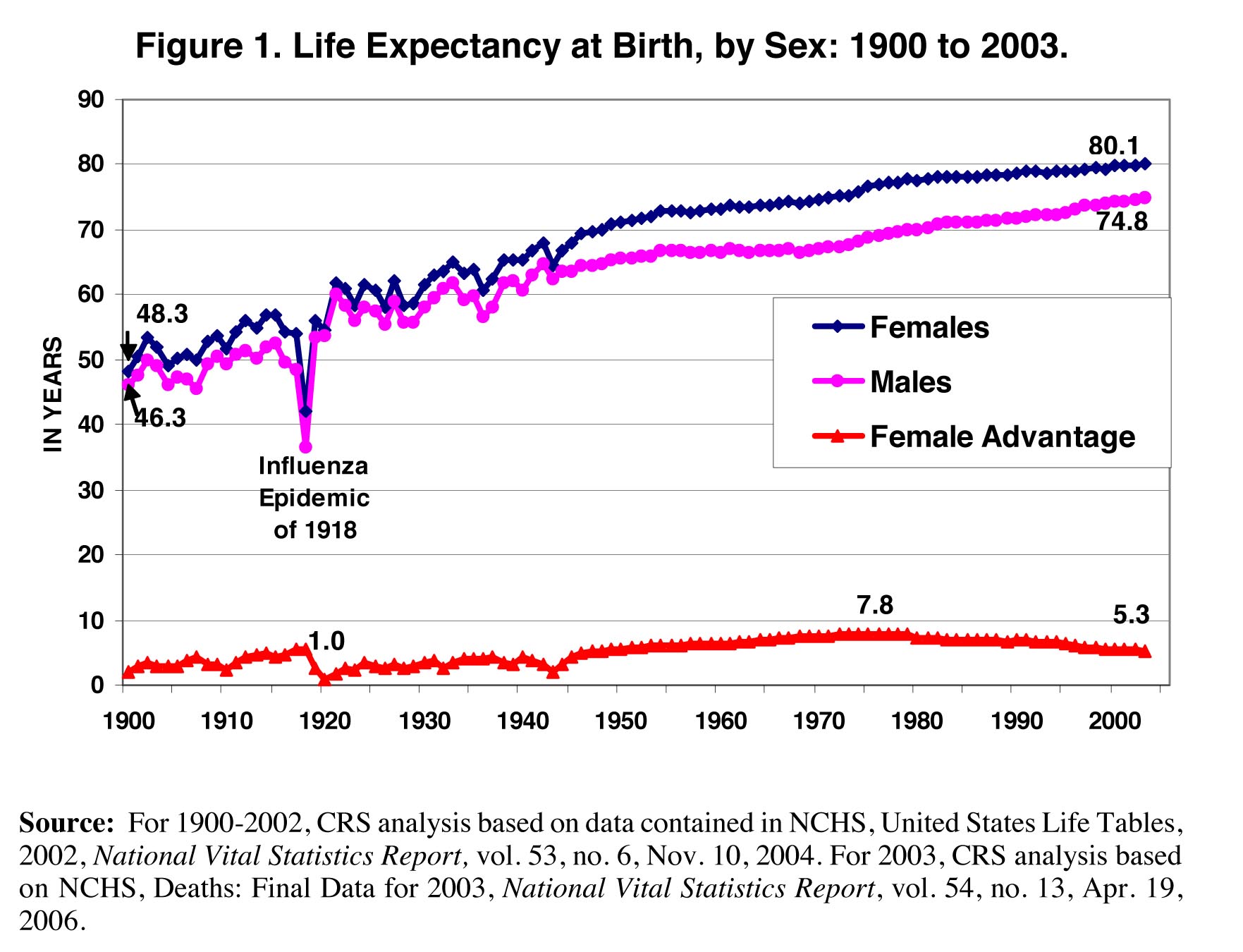While we have high hopes that the newly empowered Republican Members of Congress will make every effort to fight the socialization of America, we are also aware that the GOP has an ignominious history of wimping- and/or selling-out, especially on environmental issues. Wimp & Sellout Watch is GreenHellBlog’s effort to spotlight the GOP’s weak links because:
In the 112th Congress, it should take more courage for GOP-ers to retreat than to advance.
Today’s update on potential wimps and sellouts to watch:
Rep. Mike Simpson (R-ID). Last week, the new chairman of the House Interior Appropriations Subcommittee said he intends to slash the agency’s funding, observing that,
“The E.P.A. is the scariest agency in the federal government, an agency run amok.”
While that sounds terrific, Simpson sounded just a tad bit too wimpy in an Environment & Energy News report yesterday:
Rep. Mike Simpson (R-Idaho) said the Republican takeover of Congress will ensure a debate over whether EPA has exceeded its legal authority under the Clean Air Act by moving to regulate carbon dioxide and other emissions linked to climate change. “There is a great deal of concern that the EPA is overreaching in trying to control greenhouse gases,” he said.
“And if they are, the way you bring them back is through the appropriations process, most likely. That’s the quickest way to do it,” he added.
The House approves spending bills before the Senate, and Simpson heads the House panel responsible for funding EPA each year, which puts its members in a unique position to place constraints on the agency. The Interior Appropriations Subcommittee has not yet decided how it will approach delaying EPA’s greenhouse gas rules, Simpson said, but he favors attaching language to the spending bill that would put a two-year stay on the stationary source programs.
The subcommittee voted last year on a similar appropriations “rider” but defeated it by a single vote.
“I suspect that would have a better chance of being adopted in this Congress,” he said.
While Simpson said the EPA language could be attached to a continuing resolution or omnibus appropriations bill Congress must pass in March to fund the federal government for the final six months of fiscal 2011, he added that the fiscal 2012 bill is a more likely vehicle.
He acknowledged that the rider could be a tough sell in the Senate, which is still under Democratic control. Still, he said it could be effective even if it never reaches the president’s desk.
“Sometimes bringing it up and debating it is enough to make the agency say, ‘Wait a minute, maybe we ought to re-examine this,'” he said. Simpson said EPA has the options of slowing implementation of its programs or of weighing their benefits with their costs to determine whether mandates will put an undue burden on communities.
“I would hope that they would slow down on this and that Congress would take it up and give them some direction on what to do,” he said. [Emphasis added]
Here are reasons to be concerned about these comments:
- Debate? What is there to debate? The voters spoke in November. The EPA has clearly acted illegally with respect to the “tailoring rule”. Then the agency entirely ignored the implications of Climategate and its progeny in the endangerment finding. The EPA is regulating greenhouse gas emissions now. We need action now. As Al Gore might say, the debate is over.
- No plan? Simpson’s “most likely” comment (see above quote) indicates that there is no firm plan to take action. EPA greenhouse gas regulation is perhaps the most important issue facing this Congress that it can do something about — and House leadership still has no definite plan?
- Later rather than sooner? Why isn’t Simpson charging ahead with respect to fiscal 2011 funding? Instead he’s prepping us for delay (i.e., fiscal 2012 is “more likely”). The longer EPA regulation is allowed to proceed, the less likely it is to be halted. Other major events can intercede and distract Congress. Delay allows the greens more time to scare politicians away from taking action against the EPA.
- Tough sell in Senate? Last we checked, the House can block agency funding all by itself. No Senate action required.
- How naive is the GOP? Simpson thinks that Congressional debate is going to make the EPA pause to reconsider its rules. Wake up, dude. The Obama EPA will never blink on regulating greenhouse gases; it’s the Obama administration’s signature green achievement. Obama would be a one-termer for sure if it backed off as the lefties and energy rentseeking industry would surely abandon him. Moreover, the EPA has no history of backing off major initiatives. Rather, its history is one of making Republican politicians slink away in ignominious defeat.
- Hope-a-dope. Simpson “hopes” the EPA “slows down.” Hope is for roulette. It is not a strategy.
- GOP to pass greenhouse gas regulation? Simpson also “hopes” that Congress would give the EPA direction on how to regulate greenhouse gases. Excuse me? Cap-and-trade is one of the reasons that Simpson, not some Democrat, is chairman of his subcommittee. The only direction Congress should give the EPA is, “Stop, right now.”
Although Simpson doesn’t mention it, he seems to be hoping (again) that a court will force the EPA to stop. But as of today, there is no indication that any court will do so. Moreover, the likely litigation schedule could drag on past the 2012 elections.
Based on news accounts, oral argument in ongoing litigation could be delayed until the fall (or even later). If so, there likely will be no court decision until at least 2012. Supreme Court review could easily drag into 2013 — a decision that seems likely to again hinge on how swing-voter Anthony Kennedy feels about the EPA and global warming — remember this didn’t work out so well for us in 2007.
Once again, the longer EPA regulations stay in place, the more difficult it will be to end them. President Obama could make things even more difficult by designating natural gas as “best available control technology” (BACT) for greenhouse gases in the power sector. If he did that, the natural gas industry would flood Republican coffers with cash and EPA regulation would be cemented in place.
Simpson says the EPA is the “scariest agency” and it is “running amok.” If he means what he says, then he should take decisive action now.
Don’t forget to check out previous editions of Wimp & Sellout Watch:

